Body Dysmorphic Disorder (BDD)
It’s common for people to experience some dissatisfaction with aspects of their appearance. But when this dissatisfaction becomes acutely distressing and time-consuming, it may be Body Dysmorphic Disorder (BDD). BDD involves a preoccupation with a perceived flaw — a slight asymmetry in the face, for example — which evokes emotional distress and begins to impair functioning. Many individuals engage in compulsive checking and reassurance-seeking about their perceived flaw. Often there is a corresponding belief that other people find this flaw to be objectionable and so, many people begin to avoid social situations or make efforts to cover or hide their perceived flaw. When severe, some individuals may seek cosmetic surgery to “fix” their flaw.
BDD can be quite devastating for those who experience it. Studies show that it affects about 1 in 50 people. Treatment involves Cognitive Behavioral Therapy (CBT), helping individuals to develop more flexible and non-judgmental beliefs, while simultaneously decreasing avoidant or compulsive behaviors which perpetuate the preoccupation.
BDD Resources:
Body Dysmorphic Disorder Foundation
The Broken Mirror: Understanding and Treating Body Dysmorphic Disorder
